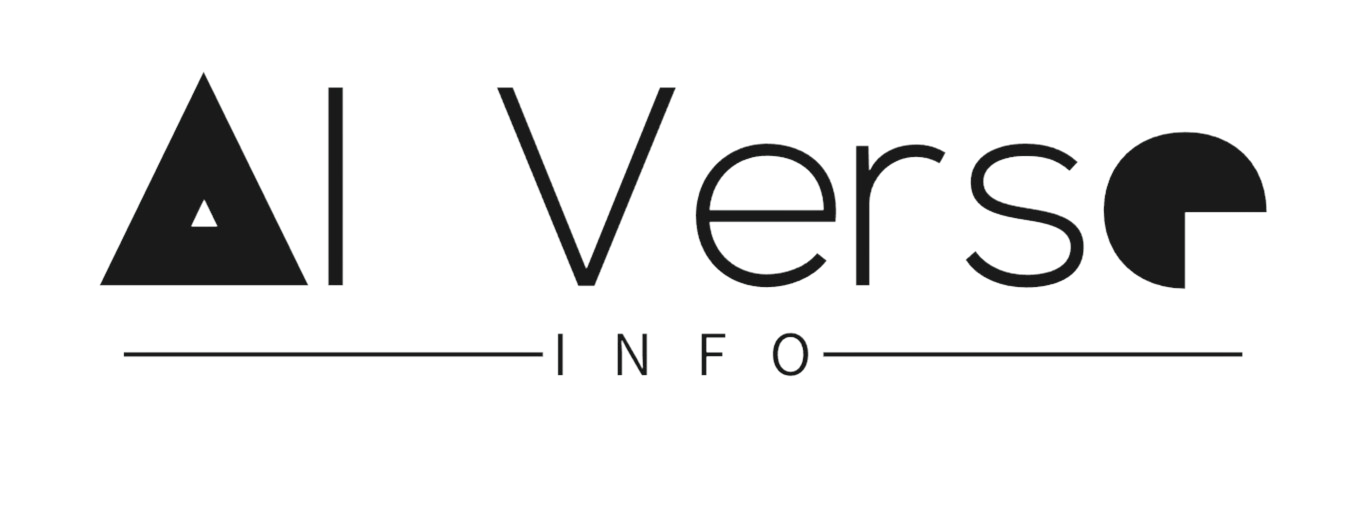In the dynamic realm of artificial intelligence, efforts to make advanced technologies accessible to a broader audience have progressed significantly. The advent of the GGUF(pronounced “guh-foof”) format marks a substantial stride forward, enabling developers globally to leverage the capabilities of massive language models such as LLama2, CodeLlama, Mistral-7b etc without the requirement for supercomputers.
In layman’s terms think of GGUF as a magic box for LLMs. It’s a special file format that stores all the information and knowledge an LLM has learned, like a brain . This allows us to share LLMs with each other, use them on different devices, and even make them run faster!
But why do we need GGUF? Well, LLMs are like giant brains – they have tons of information crammed inside, but they’re also incredibly messy and complex. Storing and using them without GGUF is like trying to take a whole library on a camping trip: it’s bulky, inconvenient, and impossible to carry everything.
How does GGUF work?
While GGUF is a relatively new player in the LLM world, it’s already making waves with some significant advancements:
-
- Replacing GGML: On August 21, 2023, the llama.cpp team introduced GGUF as the official replacement for the now-unsupported GGML format. This move signals a commitment to the improved features and flexibility offered by GGUF. It is basically the extension of the now deprecated GGML.
- Built for the Future: GGUF prioritizes extensibility and future-proofing through enhanced metadata storage. This means it can adapt to new developments and functionalities in the LLM landscape, ensuring its relevance for years to come. In simple terms t goes beyond simply storing the core model parameters. It places a strong emphasis on incorporating rich metadata, which acts as a detailed information hub about the model itself.
This metadata includes:
-
-
- Model architecture details
- Training data used
- Specific optimization techniques applied
- Performance metrics on various benchmarks
-
Unlocking Performance: GGUF’s upgraded tokenization code fully accommodates special tokens, which play a crucial role in model performance. This improvement is especially beneficial for models that utilize custom prompt templates and novel token types.
-
Flexibility Across Devices: Notably, GGUF models can run on both GPUs and CPUs . This versatility opens up possibilities for broader device compatibility and potential performance optimization strategies. However, it’s worth noting that running GGUF models fully on the GPU generally leads to better performance compared to splitting inference between CPU and GPU.
-
GGUF as an efficient file format
GGUF acts like a super-efficient librarian. It takes all the LLM’s knowledge and squeezes it into a compact, organized format. This makes it much easier to:
- Share LLMs: Imagine sending an LLM to a friend as easily as sharing a music file! GGUF makes it possible. You can download the GGUF format of most of the new LLMs from Huggingface.
- Use LLMs on different devices: Whether you have a powerful computer or a simple phone, GGUF ensures the LLM runs smoothly on all kinds of devices.
- Make LLMs faster: Although it does not stops the hallucinations of the LLMs but by organizing the information efficiently, GGUF helps LLMs think and respond quicker.
Looking Ahead
As GGUF continues to evolve, we can expect even more exciting developments:
-
Optimized Quantization: Researchers are exploring quantization techniques specifically tailored for GGUF, aiming to further enhance model efficiency and performance. This could lead to significant breakthroughs in resource-constrained environments and real-time applications.
-
Community-Driven Growth: The open-source nature of GGUF invites contributions from the broader LLM community, fostering innovation and collaboration. This collective effort will undoubtedly drive further advancements and make GGUF a cornerstone for future LLM development.
Staying Informed and Engaged
The world of language models is rapidly evolving, and GGUF is poised to play a pivotal role in shaping its future. To stay up-to-date and explore its potential:
- Follow developments: Keep an eye on advancements in GGUF and its impact on LLM capabilities.
- Explore demos and applications: Experience the power of LLMs through online demos and tools that leverage GGUF.
- Contribute to the community: If you have technical expertise, consider joining the open-source effort to shape the future of GGUF and LLMs.
Getting Started with GGUF
While GGUF might seem complex, it’s important to remember that it’s still under development. As a beginner, the best way to get involved is to stay curious and keep an eye on how LLMs and GGUF are changing the world around you. You can even try out some GGUF format LLMs on your local machine to understand how it works and its pros and con firsthand. Below I have attached some links to get started.
- As of now almost all the models support the GGUF format. All the available models can be found here.
- Transitioning from GGML to GGUF is very simple with the assistance offered by the llama.cpp GitHub repository. The repo facilitates the seamless migration of any model from GGML to GGUF.
- Since GGUF is now the official file format of llama.cpp, so you need to convert all your models from huggingface to GGUF format. This is a very comprehensive guide to do so.





